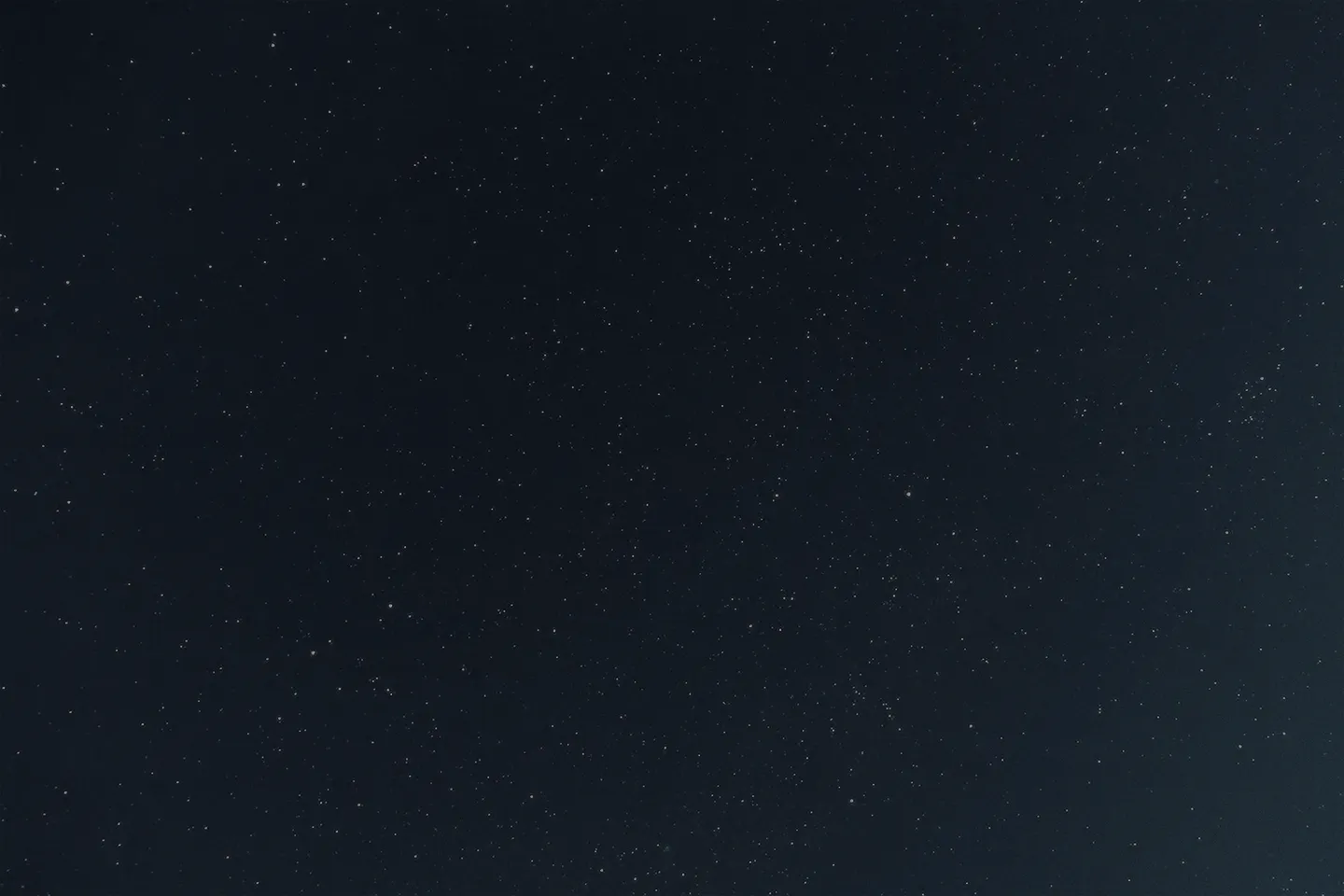Featured Videos
Leaf Year: Seeing Plants in Hyperspectral Color
Researchers have now gathered a complete year of PACE data to tell a story about the health of land vegetation by detecting slight variations in leaf colors.
PACE Scientists Take to the Sea and Air (and Really High Air)
One of NASA’s most expansive and complex field campaigns took place over the month of September. The goal: to check the data that the new PACE satellite is collecting from orbit about Earth’s atmosphere and ocean.
Why Is NASA Tracking Seaweed From Space?
In recent years, large amounts of a brown seaweed – called Sargassum – have been washing up on shorelines. In the open ocean, Sargassum is essential habitat, but it can cause a whole host of issues when it washes up on Caribbean coastlines. So where is this seaweed coming from? And how is NASA tracking it?
An Ocean in Bloom
From the far reaches of space, NASA scientists aim to expand their knowledge of how our ocean, atmosphere, and ecosystems interact with one another through the launch of the PACE satellite. By identifying and examining harmful algal blooms around the world, PACE will inform communities ranging from local fishermen to large corporations on what is occurring in their backyard and beyond.


